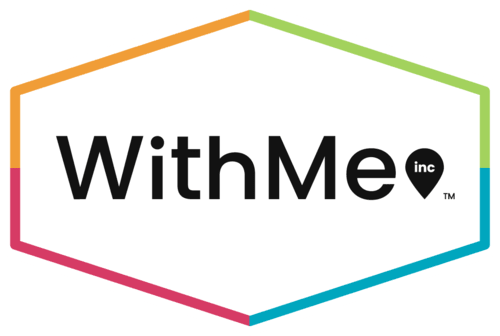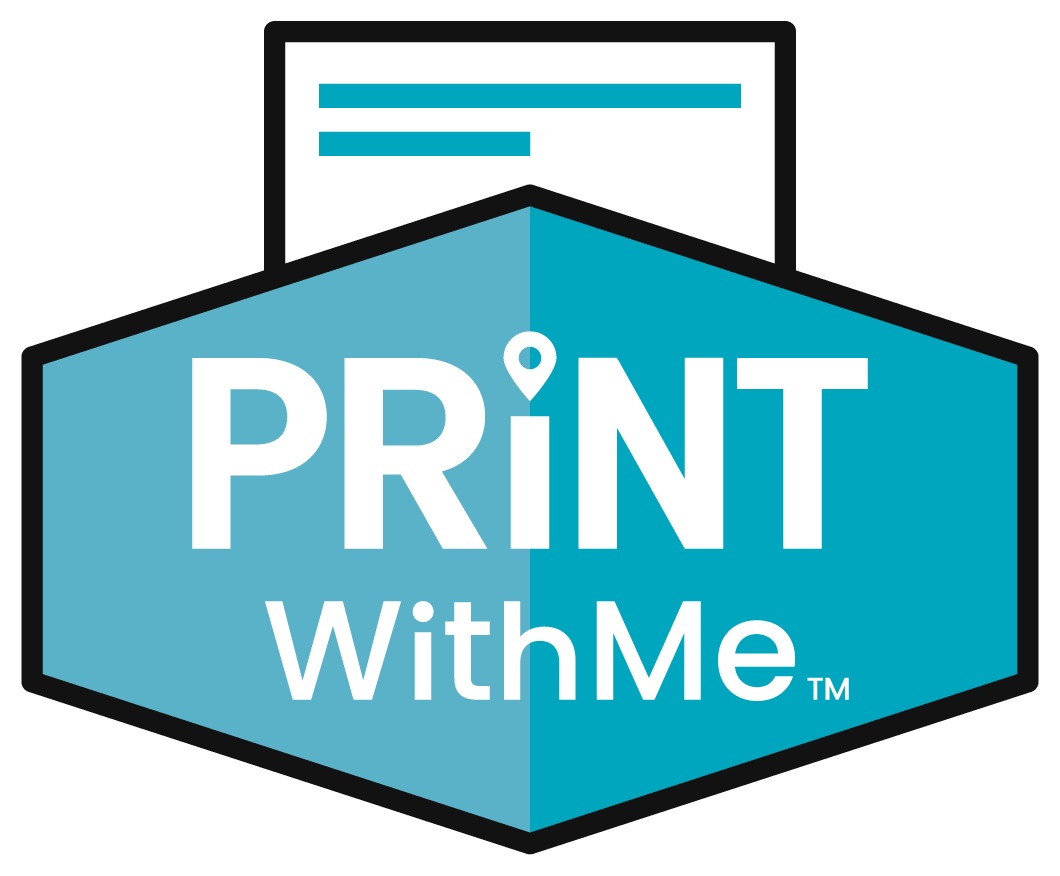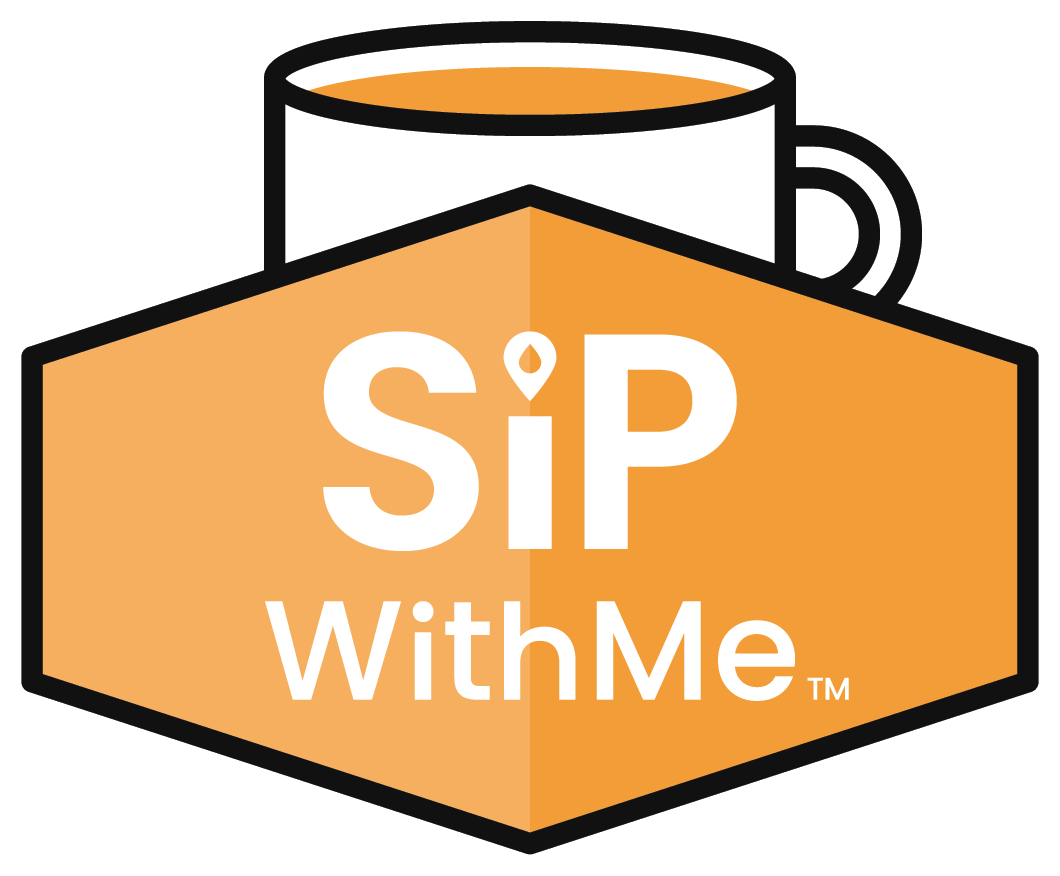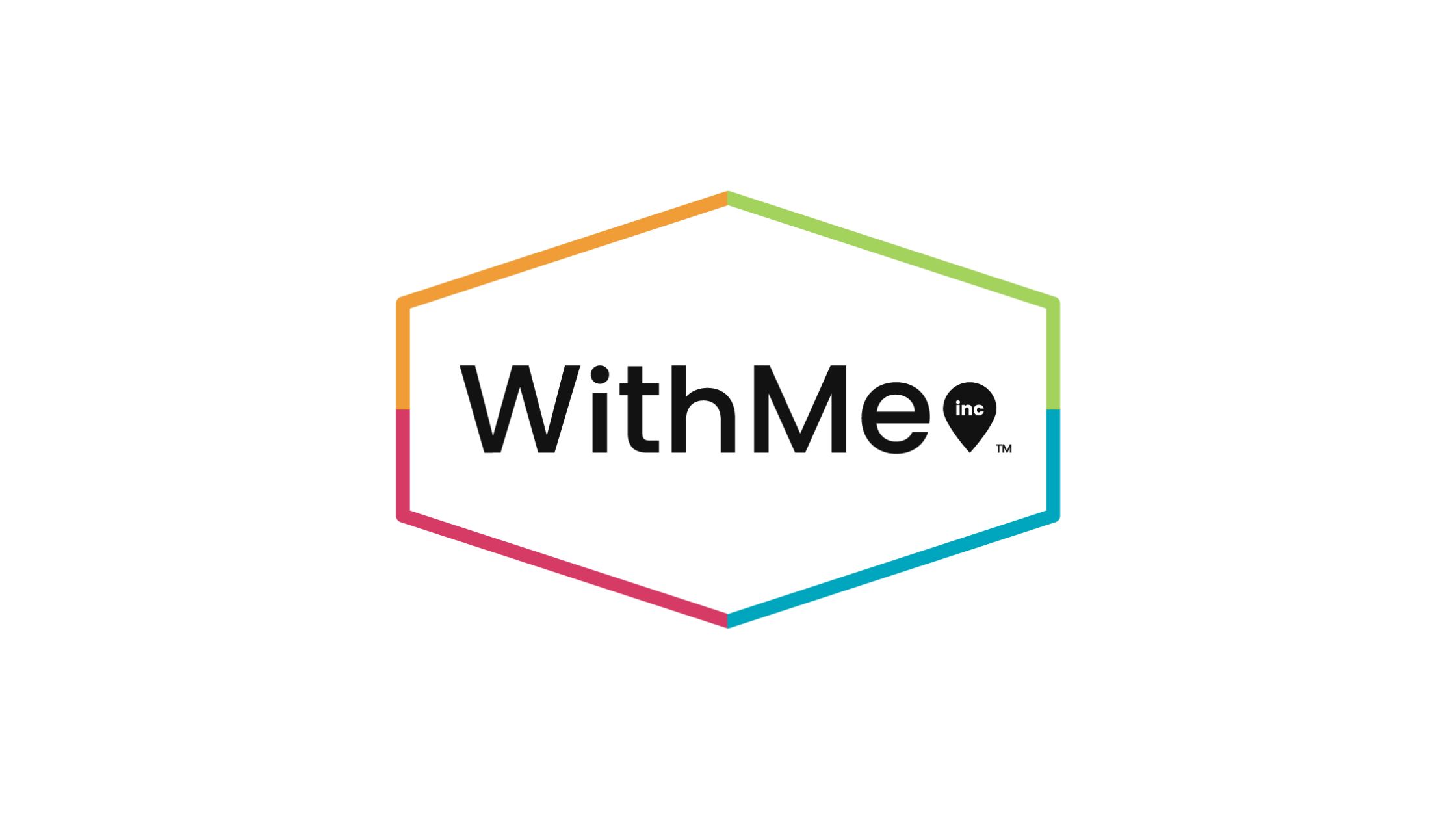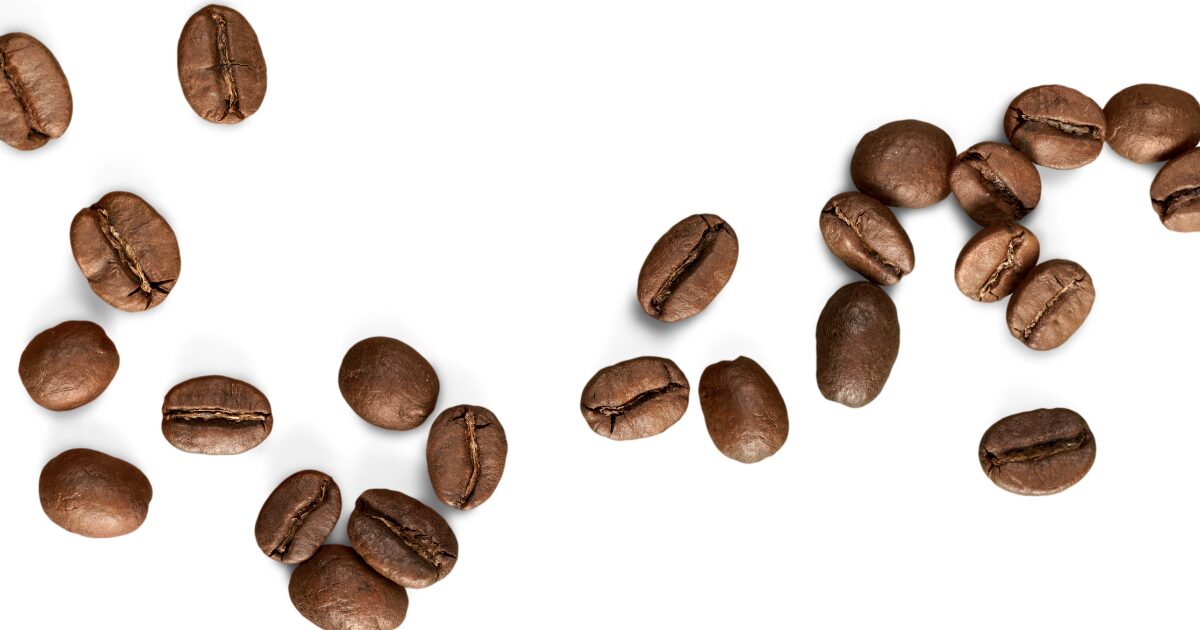These are the top 3 reasons that multifamily developers should pursue LEED Certification and implement green building features in their multifamily properties.

LEED, or Leadership in Energy and Environmental Design, is a green certification program for building design, construction, and maintenance. LEED certification is increasingly sought after by developers across all different industries. Currently there are more than 90,000 certified LEED projects in 167 countries around the world.
In order to obtain LEED Certification, projects earn points based on their ability to implement green building features relating to Location & Transportation, Sustainable Sites, Water Efficiency, Energy & Atmosphere, Indoor Environmental Quality, and more.
These are the top 3 reasons developers should invest in green building and consider LEED certification for their multifamily properties:
1. Faster Lease-Up Rates

Once a multifamily apartment property earns LEED Certification, there’s instant brand recognition that helps establish the community as part of a network of leaders in #greenbuilding.
According to AMLI Residential’s third annual Sustainable Living Index of over 3,500 residents, nearly 89% of AMLI residents are concerned about climate change and more than 61% of residents said they would be willing to pay more to live in a sustainable community.
As renters become more interested in environmental issues, the demand for sustainable living options continue to rise. LEED Certified properties lease-up as much as 20% faster than buildings that aren’t certified. Newer generations of renters are taking green building features into consideration before signing leases and multifamily developers will benefit immensely from going green.
Multifamily properties benefit from green building right away as buildings typically lease-up faster, but benefits also continue well into the future.
2. Long-Term Profitability

Amenity floor at OneEleven – A LEED Gold Certified building managed by Bozzuto.
Green features can increase property value significantly, and LEED Certified buildings generate a 10 percent or greater increase in asset value as compared to average.
Profitability doesn’t stop there. Green properties also generate higher long-term ROI through increased rental income and lower operational costs.
A report on the Los Angeles rental market found that traditional buildings received rental income at an average of $2.16 per sq. ft, while tenants were willing to pay $2.91 per sq. ft for spaces that were LEED certified. That’s nearly a 35% increase in rent income each month.
Additionally, LEED buildings have reported lower day-to-day costs. Reported maintenance costs are nearly 20% lower for green buildings on average, and green building retrofits typically decrease operation costs by about 10% in just one year.
3. Resident Wellness

The Winter Garden at Essex on the Park
Benefits of green building extend much further than just increased income for the property itself. Green features affect the health and well-being of residents too.
According to the USGBC Standard Issue report, nearly a third of those surveyed indicated they have direct, personal experience with bad health associated with poor environments or living situations. Americans spend approximately 90 percent of their time indoors, so the connection between green buildings and personal health is important to keep researching.
Essex on the Park is a brand new 56-story high rise in Chicago’s South Loop neighborhood that was designed with wellness in mind. The multifamily development features a four story Winter Garden filled with greenery that overlooks Lake Michigan. A guided meditation app is being developed for use specifically in the Winter Garden with aim to create sanctuary for residents.
“The whole green trend in terms of energy efficiency started quite a while back, but that trend has evolved into more of a wellness/health kind of relaxation piece,” says architect, Paul Alessandro in an interview with the Chicago Tribune. “The inclusion of these green interior spaces is an outgrowth of that continuum of design bringing health and wellness into a building.”
The developers of Essex on the Park pursued WELL certification rather than LEED Certification. WELL certification focuses more directly on health and wellbeing for residents, taking in to consideration categories such as air, water, nourishment, light, fitness, comfort and mind.
Multifamily developers have begun to implement green features and amenities as younger renters are increasingly focused on wellness, self-care, and reducing stress.
Popular examples include The Roof Crop, a company implements green roof systems to responsibly grow produce used for resident events, and PrintWithMe, a self service cloud printer that makes printing convenient for residents and reduces 550 pounds of individual electronic waste annually at each community.
The #GreenMovement won’t be going away anytime soon, so many multifamily developers have begun to invest considerable resources into making their buildings more environmentally conscious and wellness focused.
That summarizes top 3 reasons that multifamily developers should invest in green building features and LEED Certification! Head to the U.S. Green Building Council’s website to learn more.
